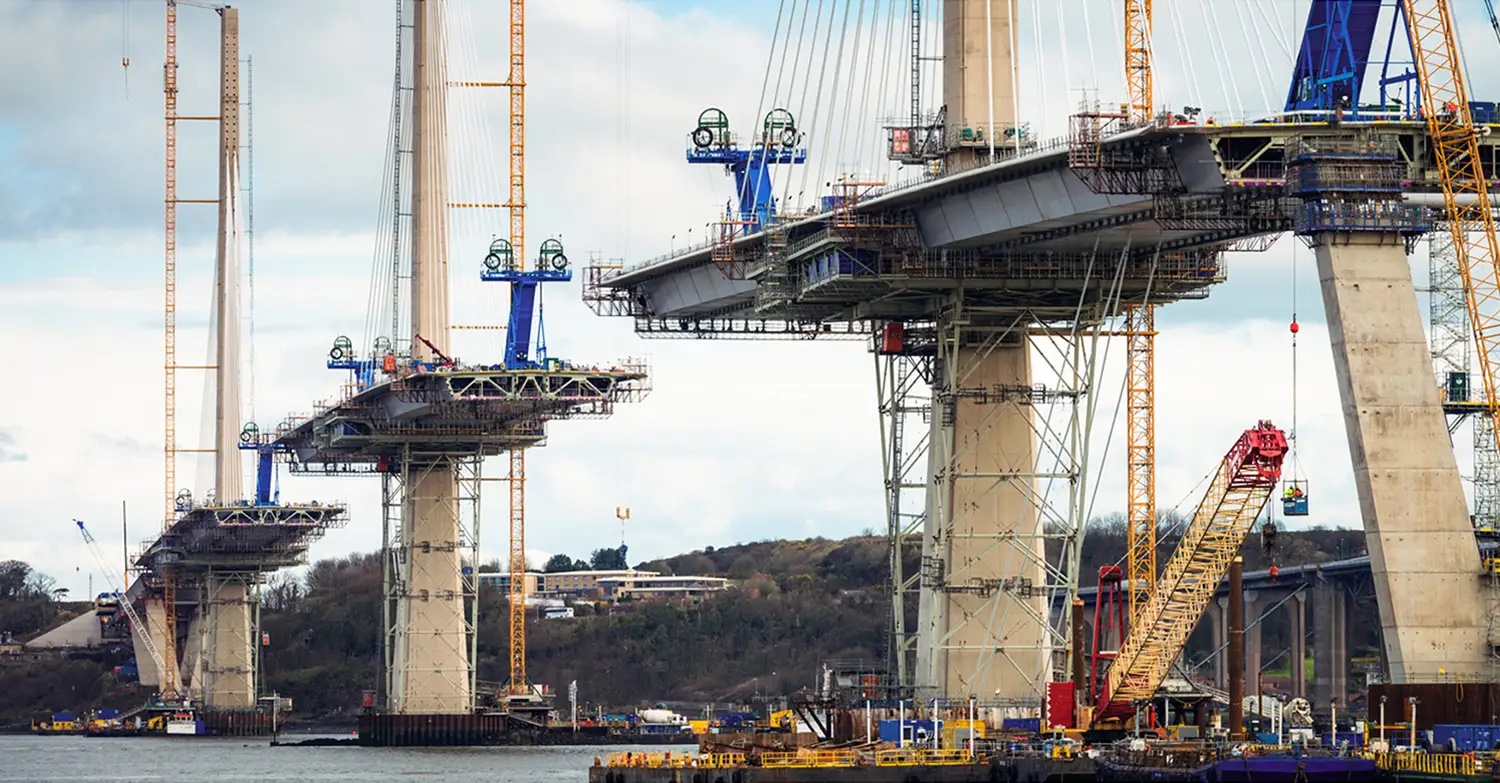NHI Presents: The Engineering of Building Bridges
The National Highway Institute (NHI) is now offering a 7-course series on the engineering of bridge building, with curriculum designed for participants with a background in engineering, project management, or design.
Engineering Stability Through Analysis, Design, Evaluation, & Modeling
These 7 instructor-led trainings are taught by highly knowledgeable subject-matter experts who are the best in their field, and each course establishes different competencies.
Participants who complete the series (listed below) will contribute to the stability, longevity, and strength of bridges throughout the United States.
1. Fortifying Strong Designs
Load & Resistance Factor Design (LRFD) for Highway Bridge Superstructure is a 4-day course on the LRFD methodology for steel and concrete highway superstructures. Exercises demonstrate overall design, detailing, and construction principles for bridge superstructure bolstered by hands-on experiences in LRFD design and detailing.
2. Rating Integrity
Load & Resistance Factor Rating (LRFR) of Highway Bridges provides novice and experienced bridge engineers with fundamental knowledge from the most recent AASHTO LRFR specifications on bridge ratings. Participants will use LRFR specifications to enhance bridge safety and identify next steps, ensuring transition to a new methodology for load rating of concrete and steel superstructure bridges.
3. Curving Strength
LRFD & Analysis of Curved Steel Highway Bridges is a 5-day course that applies principles of LRFD to the structural analysis and design of skewed and horizontally curved steel 1-girder bridges, but also details box-girder bridges.
4. Elevate & Educate
Cable-Stayed Signature Bridge is a 1-day introduction to planning, design, and construction of long-span, cable-stayed bridges, with a focus on construction and maintenance considerations, and analyses needed to design these highly redundant structures, including special aerodynamic studies.
5. Striving for Structural Stability
Engineering for Structural Stability in Bridge Construction is a 3-day course on the behavior of steel and concrete girder bridges during construction, identification of vulnerabilities, and engineering methods to investigate the structure's strength and stability at each critical stage.
6. Forging Resilient Bridges
Design & Evaluation of Bridges for Fatigue & Fracture is a 2-day course covering fatigue and fracture, analysis, design, evaluation, repair, and retrofit of steel bridges. Course instruction features three modules discussing a general introduction to bridges, the fundamentals of fatigue and fracture in steel bridges, and the approach, analysis, repair, and retrofit of a steel bridge suffering from fatigue and fracture.
7. Concrete Craftsmanship Analysis
Strut-&-Tie Modeling (STM) for Concrete Structures promotes the STM specification providing engineers with a simplistic analysis and design tool for deep concrete bridge elements. The bridge engineering community uses STM to improve the bridge state-of-design best practices and provide participants with the current and most efficient practice for constructing and analyzing the concrete foundations of bridges.
Read NHI's announcement or visit NHI for more information on these courses
The National Highway Institute
Established in 1970 as FHWA's training and education arm, NHI improves the safety and conditions of the nation's roads, highways, and bridges by building the skills of highway professionals and enhancing job performance in the transportation industry.
NHI's course catalog offers hundreds of trainings in more than 18 transportation industry-related program areas.
Load & Resistance Factor Design
LRFD incorporates state-of-the-art analysis and design methodologies with load and resistance factors based on the known variability of applied loads and material properties. These load and resistance factors are calibrated from actual bridge statistics to ensure a uniform level of safety.
Load & Resistance Factor Rating
LRFR is a methodology closely aligned with LRFD for new highway bridges. Where LRFD specifications focus on the design of bridges, LRFR takes a parallel track aimed at determining the load ratings for existing in-service bridges.


